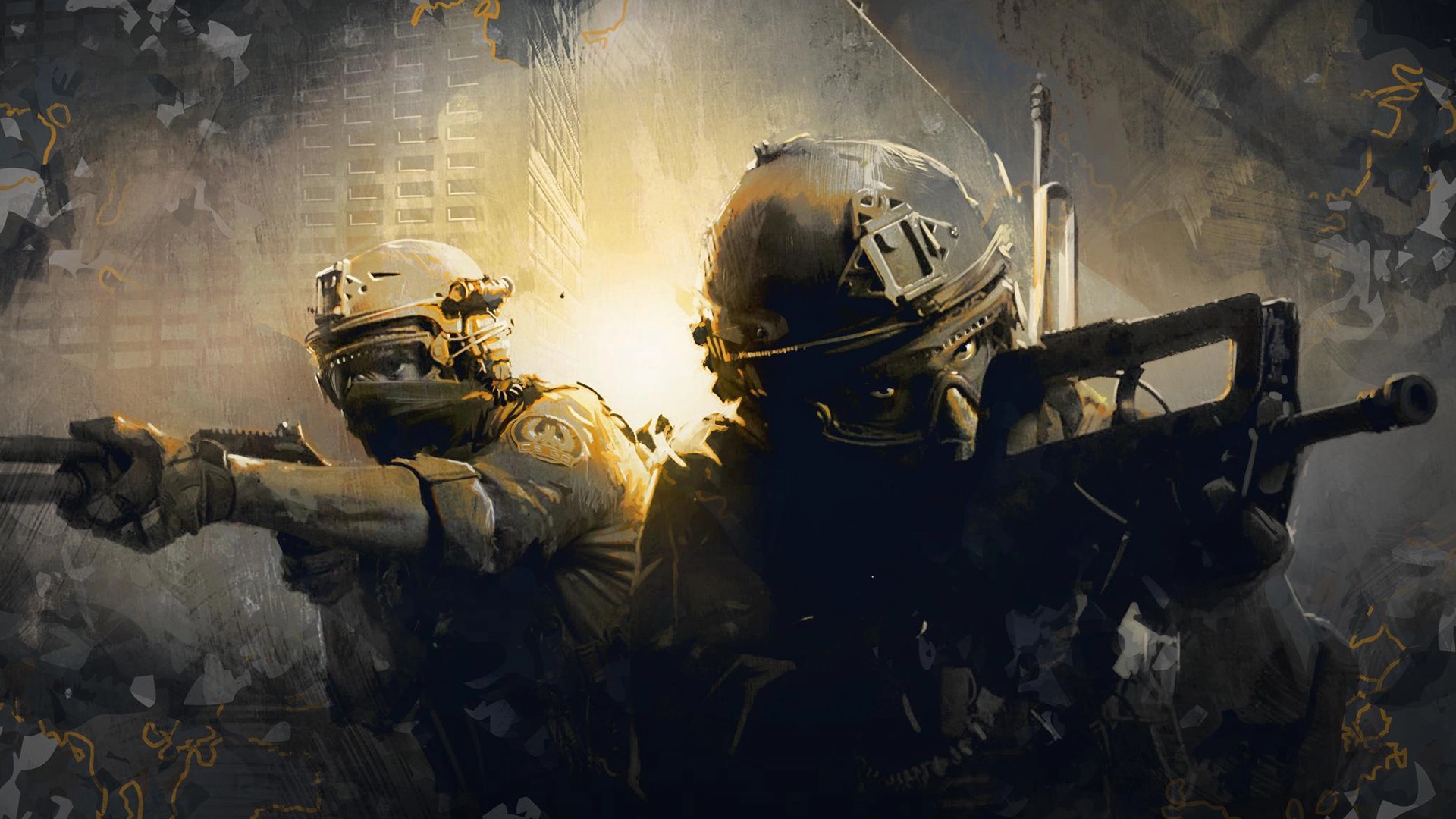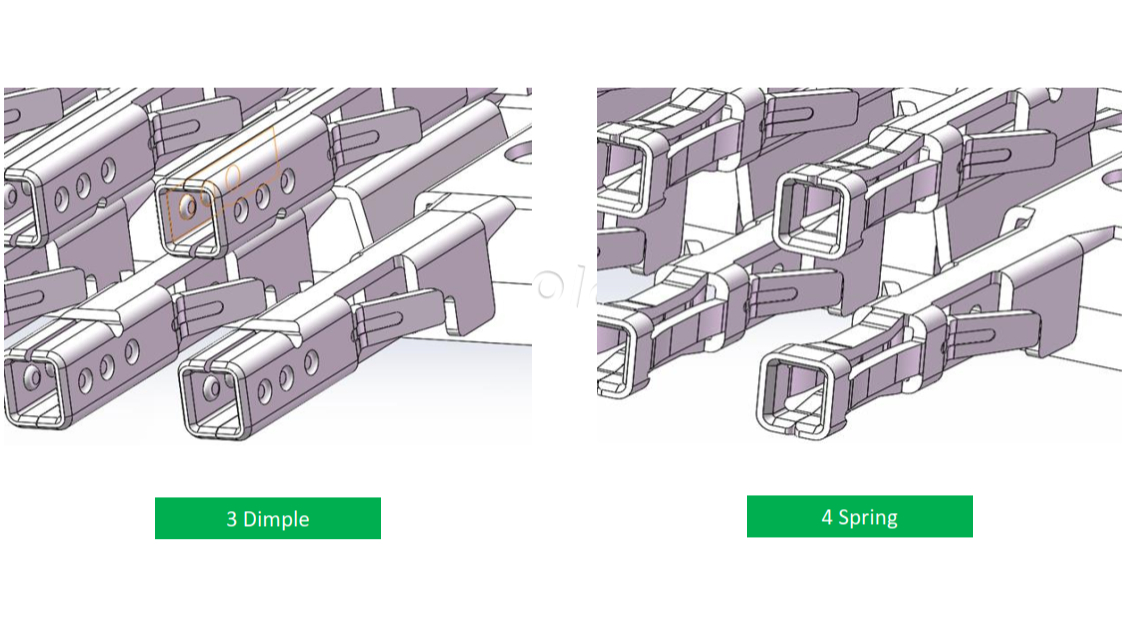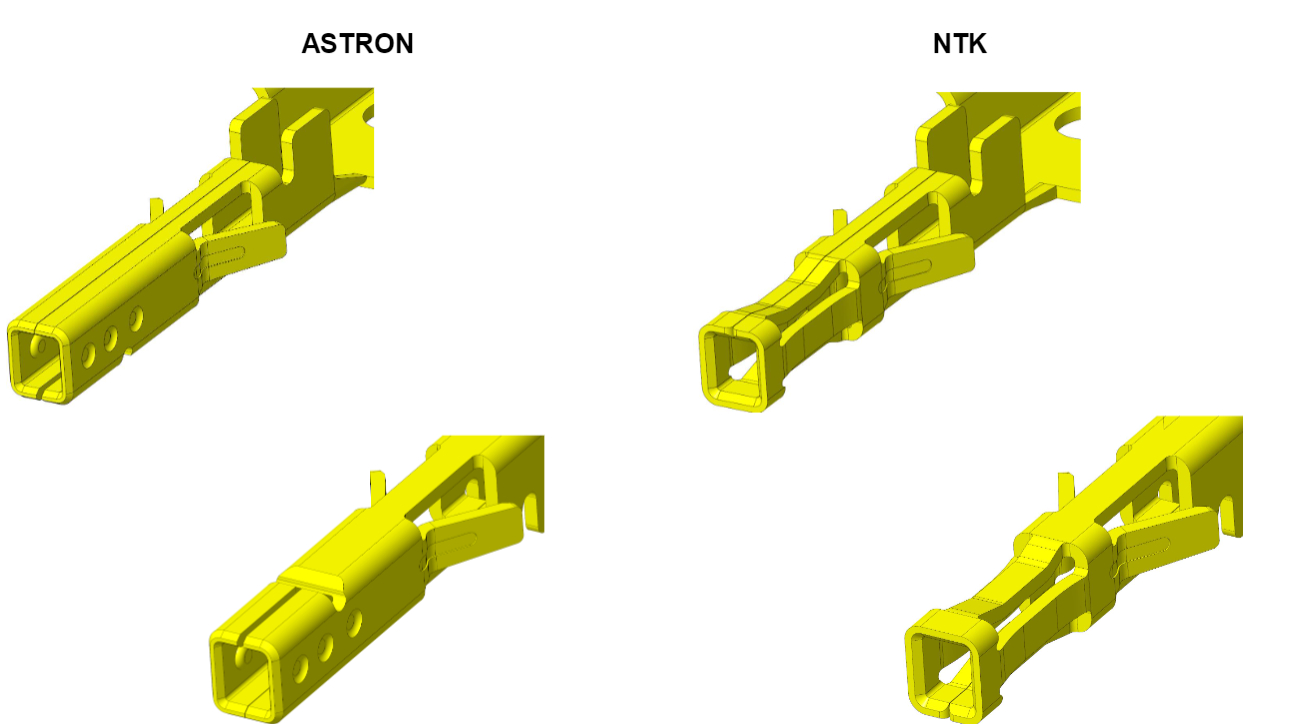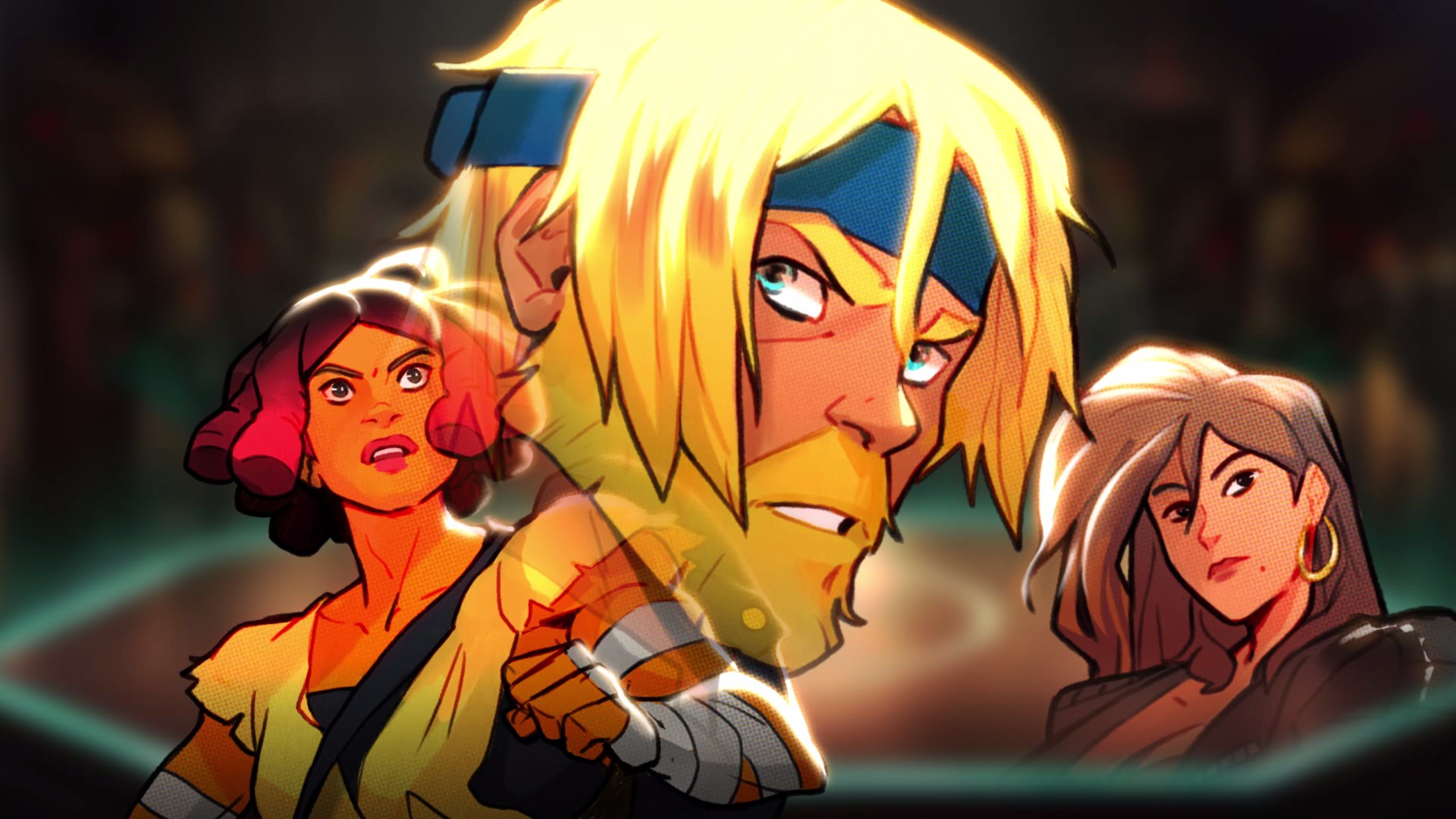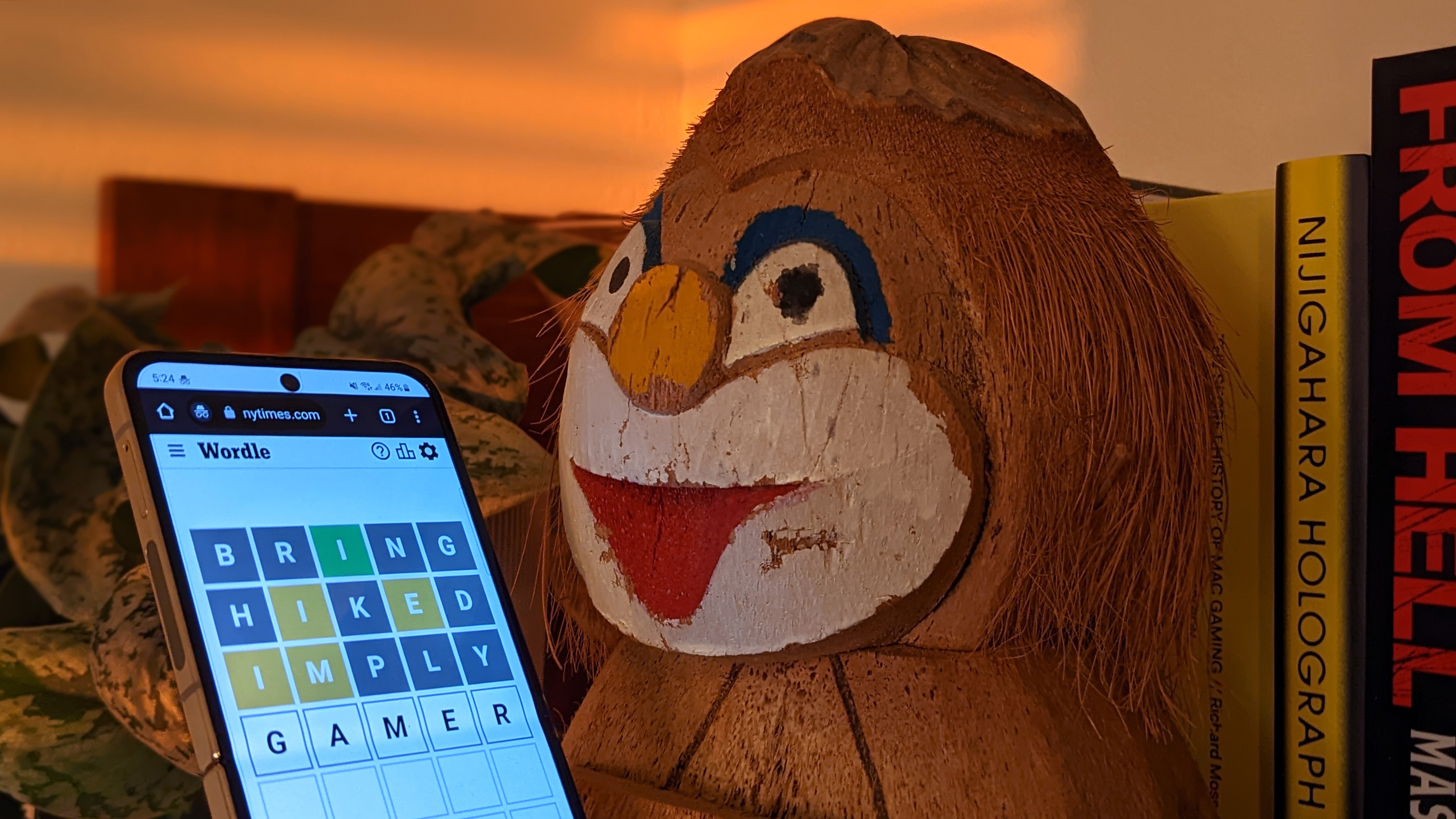After 12 years of development, across four different studios, Dead Island 2 is finally a playable videogame, with release planned for April 21 this year. After such a troubled journey it’s impressive that its final custodians Dambuster Studios have pulled together anything at all—but after an extensive hands-on with the first third of the game, I’m sadly left feeling that the final result is a thin and uninteresting experience.
The game sticks close to the formula of the original. You play a hardy survivor in the middle of a zombie apocalypse—this time in sunny LA, rather than a tropical island—and have to battle your way through the hordes, primarily via the art of first-person melee combat with a variety of improbably jury-rigged weapons. It’s fully playable in co-op, though in my singleplayer-only preview I didn’t feel I was at a disadvantage on my own, so solo players can be at ease.
(opens in new tab)
I think what will surprise a lot of people is that Dead Island 2 is not an open world, it’s a linear adventure. Though you do travel back and forth through LA, the game’s version of the city is basically a corridor of zones separated by loading screens, full of roads and lanes that make the area look bigger but are actually blocked off. And it doesn’t seem particularly long—that first third took about five hours, which suggests a full playthrough will be about 15 hours, maybe 20 with sidequests.
I’m not someone who wants every game to be a 100 hour epic, but Dead Island 2 doesn’t make up for that small scale with variety or cleverness—it’s a pretty basic game of zombie-whacking. A humble scope was probably a sensible choice for finally getting this game out the door, but it is still being sold at a premium price, and it’s hard to escape the fact that you could get Dying Light 2 instead for the same cost.
That’s really the shadow hanging over the entire game—in the time since its original announcement, we’ve had two hugely successful Dying Light games, created by Dead Island’s original developer and carrying the spirit of that game into a series with far greater scope. Even putting aside their open worlds, they’ve introduced a full parkour system, an engaging day-night cycle, and more—things that expand on the formula and give it a stronger identity. What does Dead Island 2 bring to the table in a world where Dying Light 1 and 2 are not only available but still receiving active and enthusiastic post-launch support? 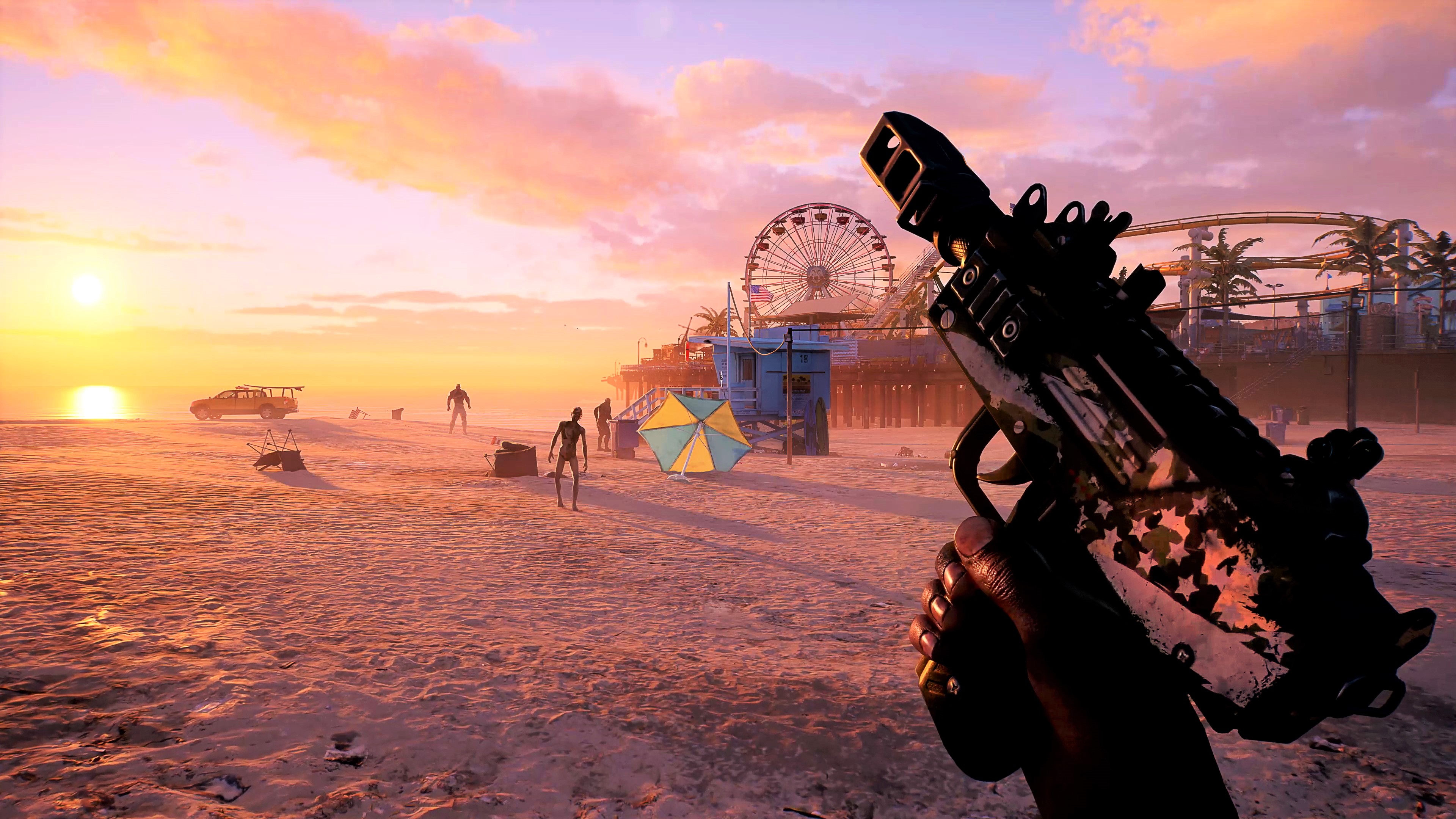
(opens in new tab)
It’s pleasingly easy to get things burning, electrified, or dissolving in acid.
The vision seems to be that Dead Island 2’s focus is the pure fun of its zombie battles. Slow, predictable, and fair game to maim and torture with a clean conscience, zombies are a foe to be played with, and the game leans into that with a combat system full of toys. Jerry cans of oil are littered liberally around, ready to be used as explosives or fuel for flaming traps, and you can even create a flammable trail for more elaborate schemes. When fires get out of control, you can douse them with water—and then electrify that water to stun anyone who walks into it. The zombies are dumb enough to simply shamble into whatever mess you create, and recharging throwable bait makes it even easier to direct them around. Add craftable elemental weapons into the mix, and it’s pleasingly easy to get things burning, electrified, or dissolving in acid.
Further grimy texture comes with the ability to chop off zombie limbs. An agile Runner is much less zippy without legs; a hulking Crusher’s attacks are more limited with its arms disabled. Certainly not a new idea—it goes right back to the original game—but credit does have to be given for easily the most impressive and gruesome gore system I’ve ever seen. Zombies come apart in frighteningly convincing layers of skin, fat, muscle, and bone; when slain, they can be chopped in half at any angle through the body; and you can even expose their jiggling brains in their skulls with a blow to the head. It’s a really striking technical achievement—though convincing enough that it’s very possible it’ll make you genuinely queasy. 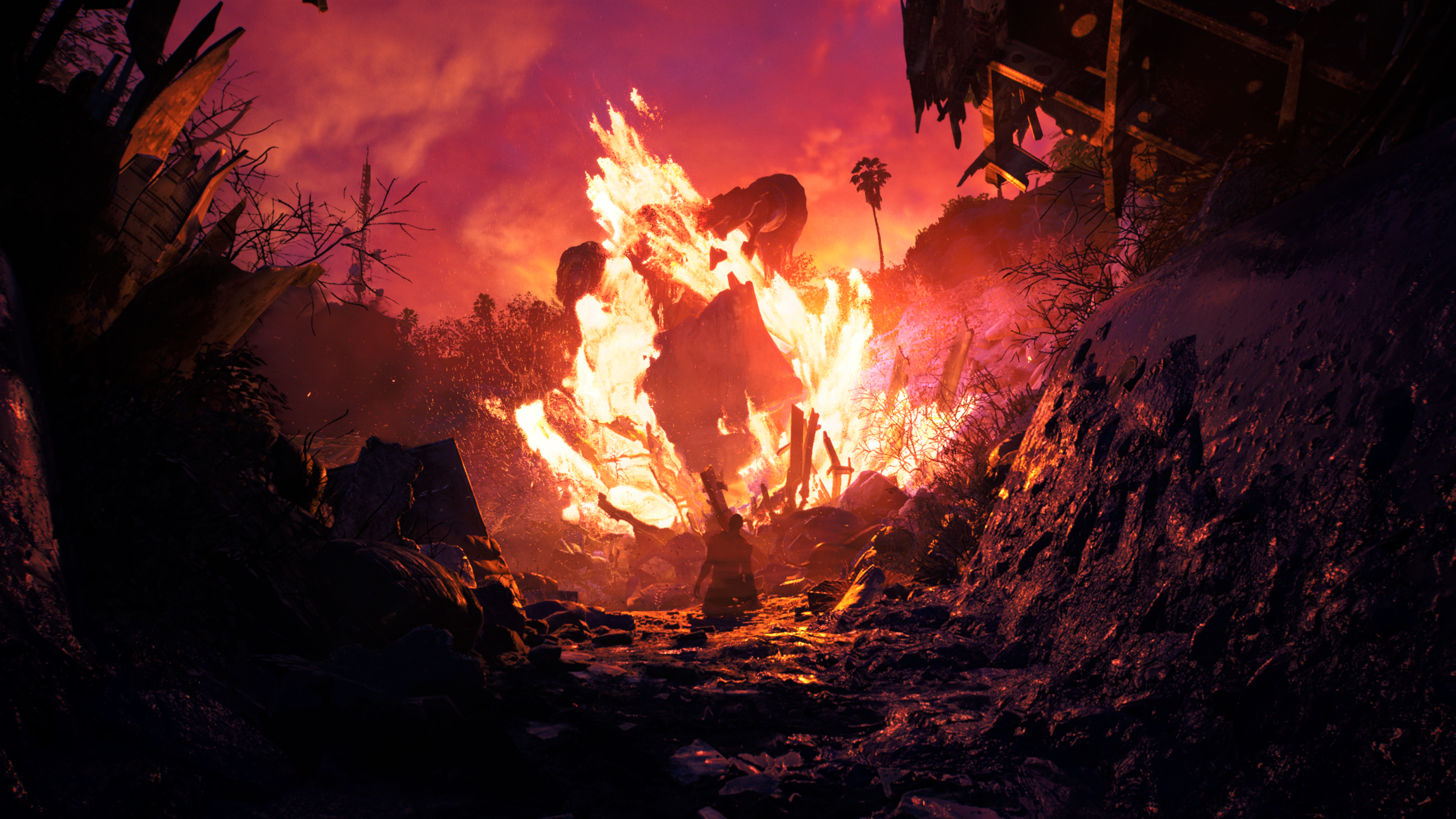
(opens in new tab)
All together it does make for a decently layered combat system, even if none of the individual elements are necessarily that original. When it works, it is fun, at least at first—a kind of controlled chaos that makes you feel smart even though your opponents literally don’t have functional brains. But way too often, it simply fails to gel—and when the game doesn’t really have anything else to hang its hook on, it can be really deflating.
The problem, really, is that overall structure. In an open world, where you’re free to pick your battles, it could’ve come together into a Dead Rising-style playground—one where when a plan doesn’t work out, you can just leg it. But Dead Island 2’s campaign is all about penning you in—if you’re not fighting in cramped rooms and corridors, you’re at least within garden fences or on a narrow street. It gives you precious little space to experiment, and more often than not forces you to clean out all the zombies in front of you to progress. Trying to get the most out of these boxy encounters is often more stressful than exciting, and when things don’t work out, you’re too frequently just backed into a corner swinging.
Unfortunately the moment when things do collapse into the basic rhythm of light attacks, heavy attacks, and dodges, is the moment you realise that a gaggle of zombies just isn’t a fun set of adversaries for a duel. Their stumbling attacks are awkward to judge for the timing of dodge-counters and parries, and the first-person view makes it difficult to manage more than one or two at a time without running around them like a loon. 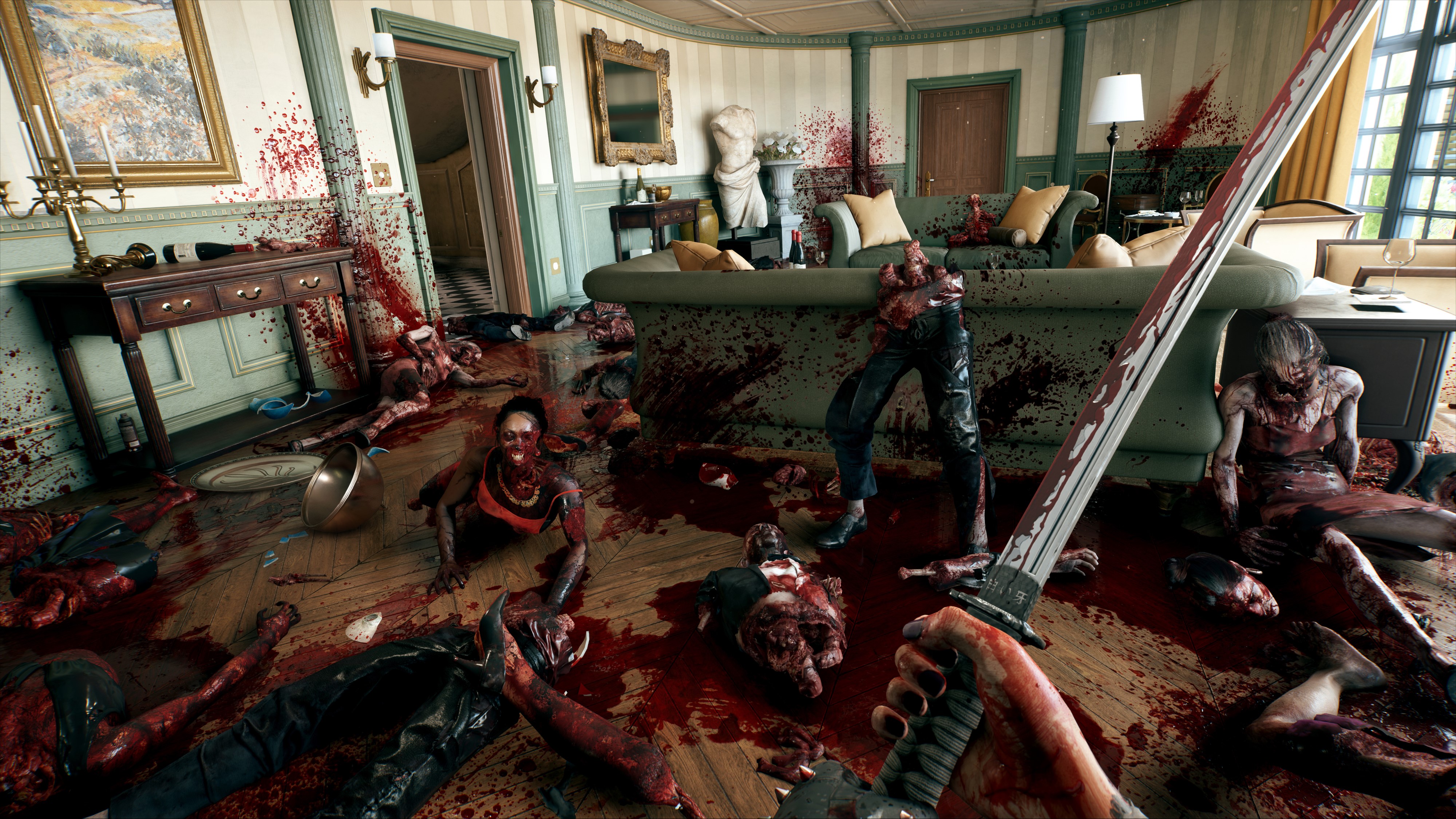
(opens in new tab)
You can either have the ability to dodge, or to block, you can’t have both active at the same time.
Special zombies stretch this to the limit with their overly high health pools—taking down a Crusher can take a desperately long time, and usually the game will keep respawning lesser zombies until you defeat it, making any attempts to clear the room futile. The game’s first big, climactic moment is to literally lock you in a small room with one, with its friends endlessly crawling out of vents to join it, and the resulting tedious encounter is sadly a strong sign of things to come.
A layer of RPG-like bonuses, in the form of unlockable cards placed in limited slots, seems to be an attempt to elevate the experience, but it’s largely too subtle to really change things up. Cards that do make a big impact are frustratingly restricted—for example, you can either have the ability to dodge, or to block, you can’t have both active at the same time. Similarly, the roster of six playable characters, each with their own built-in passive bonuses, seems to be a gesture towards replayability—perhaps to compensate for the short length of the game—but the content is already too repetitive to make that an appealing prospect.
When that core melee experience starts to fall apart, the sad truth is there isn’t really anything else to sink your teeth into. The city looks nice enough, but feels much less distinctive than the first game’s tropical resort, and while it has a bit of fun with the Hollywood theme—one memorable sequence has you fighting zombies across b-movie film sets—it doesn’t take it anywhere original, at least not in this first third. 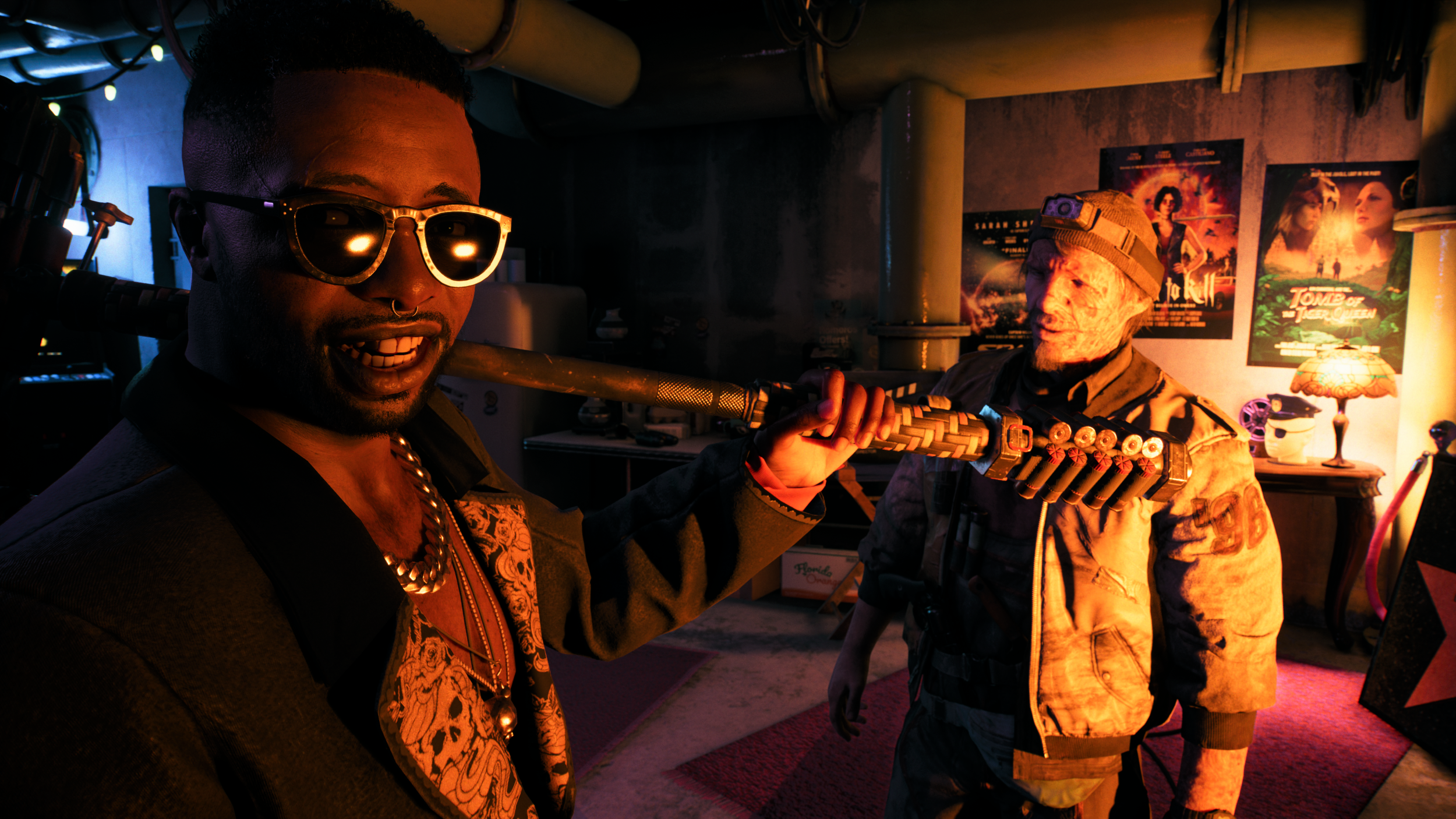
(opens in new tab)
The story is similarly half-baked—it barely bothers to set up the circumstances of its zombie apocalypse, and its tale of survivors trying to make it out of the city feels by the numbers. In its opening scene, it seems poised to be a biting satire of vacuous celebrity culture, as you’re introduced to a self-centred actress and her lackey assistant with them abandoning you and other injured victims in the wreckage of a plane crash. But it quickly turns out these two are your new best mates, and I spent the whole of my five hours as their dogsbody, running errands for them and other celebrities.
Any emotional weight it aims at comes in trying to make these pretty obnoxious archetypes sympathetic, including a truly baffling throughline about the actress reconciling with her ex-boyfriend. I should mention, her ex-boyfriend is Sam B, the ridiculous rapper character from the first Dead Island who sang ‘Who Do You Voodoo?’. Yeah. If you played that first game and were left curious about his dating history, then boy do I have a game for you.
Dead Island 2 feels like it’s come out of the trials and tribulations of its long development humbled and a little lost. I applaud Dambuster Studios for transforming the seemingly doomed project into something actually releasable, and even in some ways impressive—the gore tech particularly is a genuine achievement. But that doesn’t make it a good value proposition for players. As a full-priced game, it’s uninspired and too quick to wear out its welcome—but worse, it simply doesn’t have a reason to exist in a gaming world that’s long moved past its predecessor.

